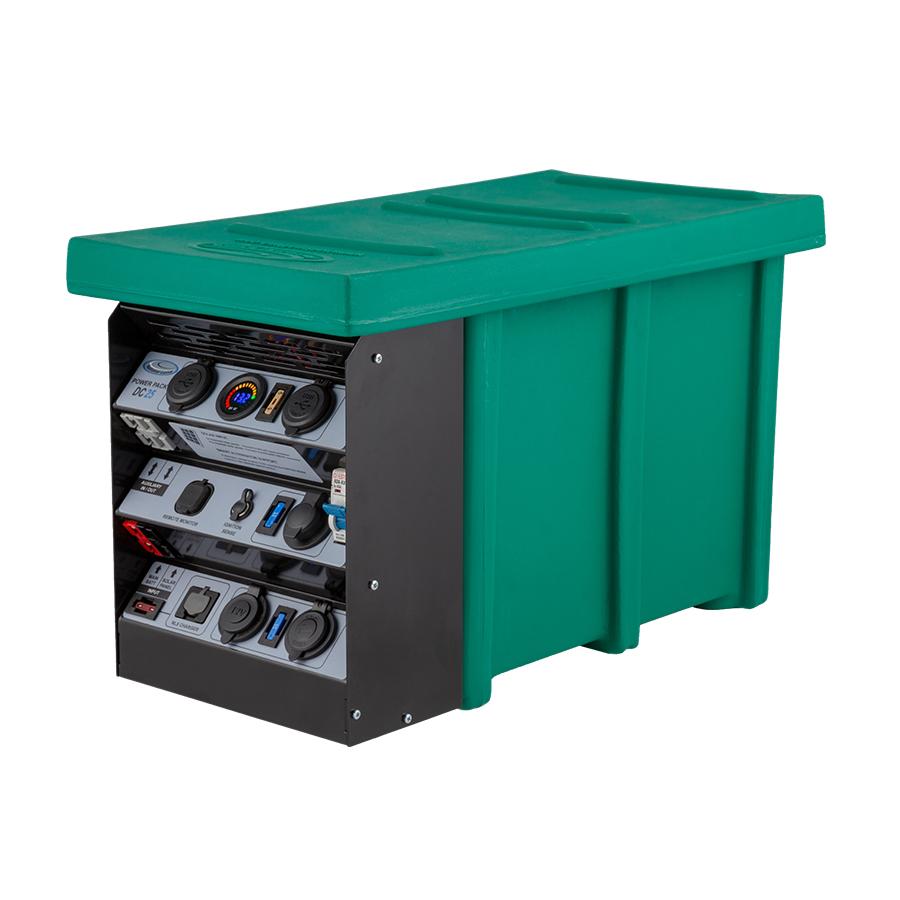72 Bronco
Tremor Fanatic
- Joined
- Dec 27, 2019
- Messages
- 108
- Reaction Points
- 341
- Location
- Huntington Beach
- Current Ride
- 72 Bronco
- Current Ride #2
- 2020 Tremor F-250
anybody add a 12 v outlet into the bed?
if so how did you do it and are there any kits?
pics or part #'s would be great, thanks!
if so how did you do it and are there any kits?
pics or part #'s would be great, thanks!











